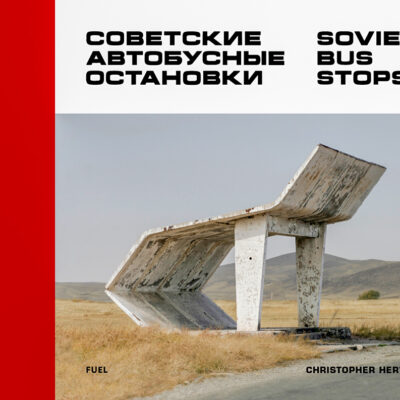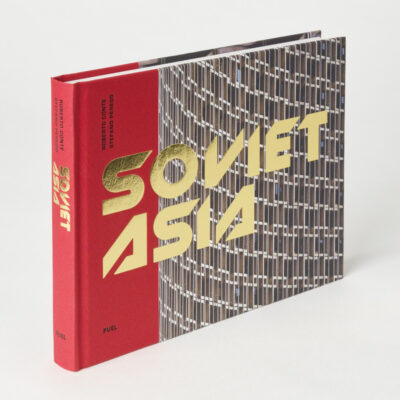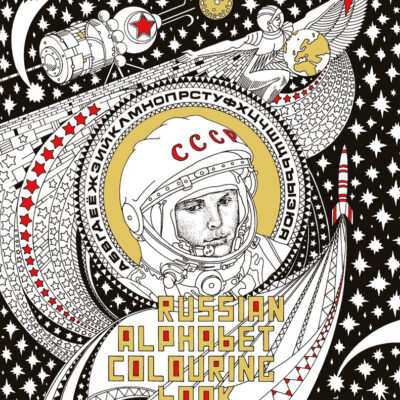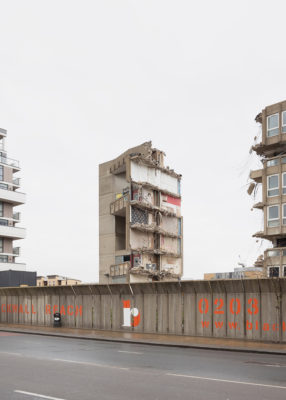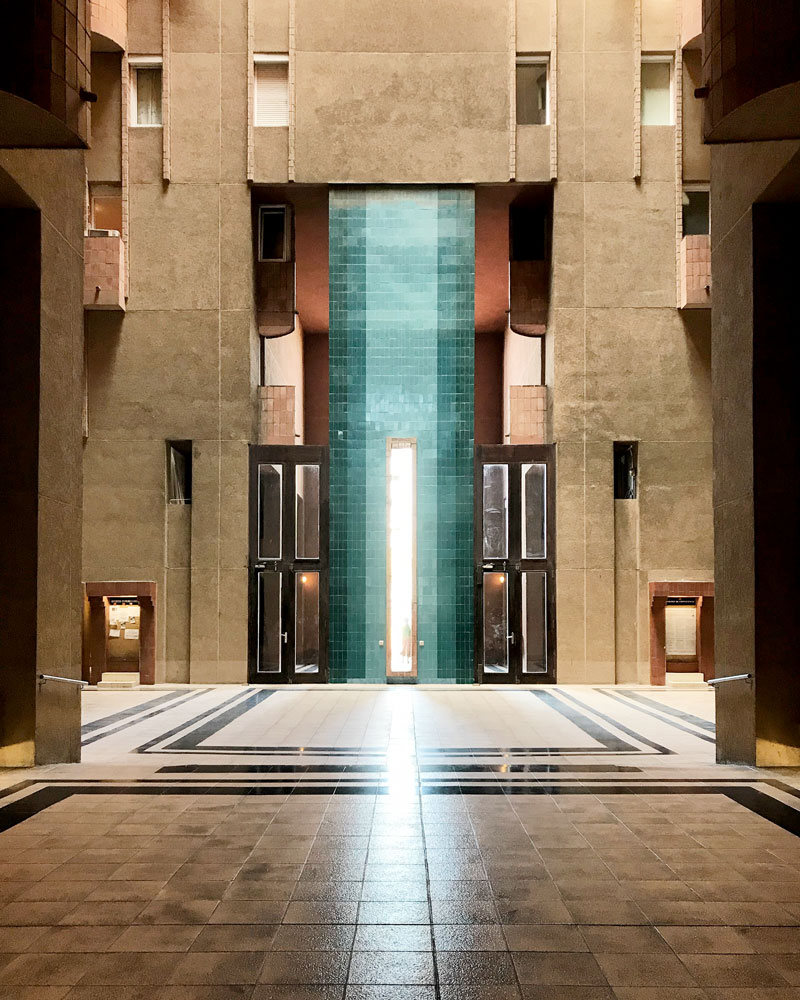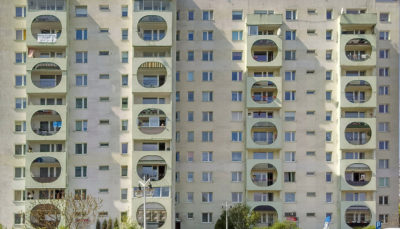Brutalist architecture fans get it, a weekend away doesn’t mean beach and an Aperol spritz, it’s all about heading ‘east’ actually or emotionally to check out the concrete
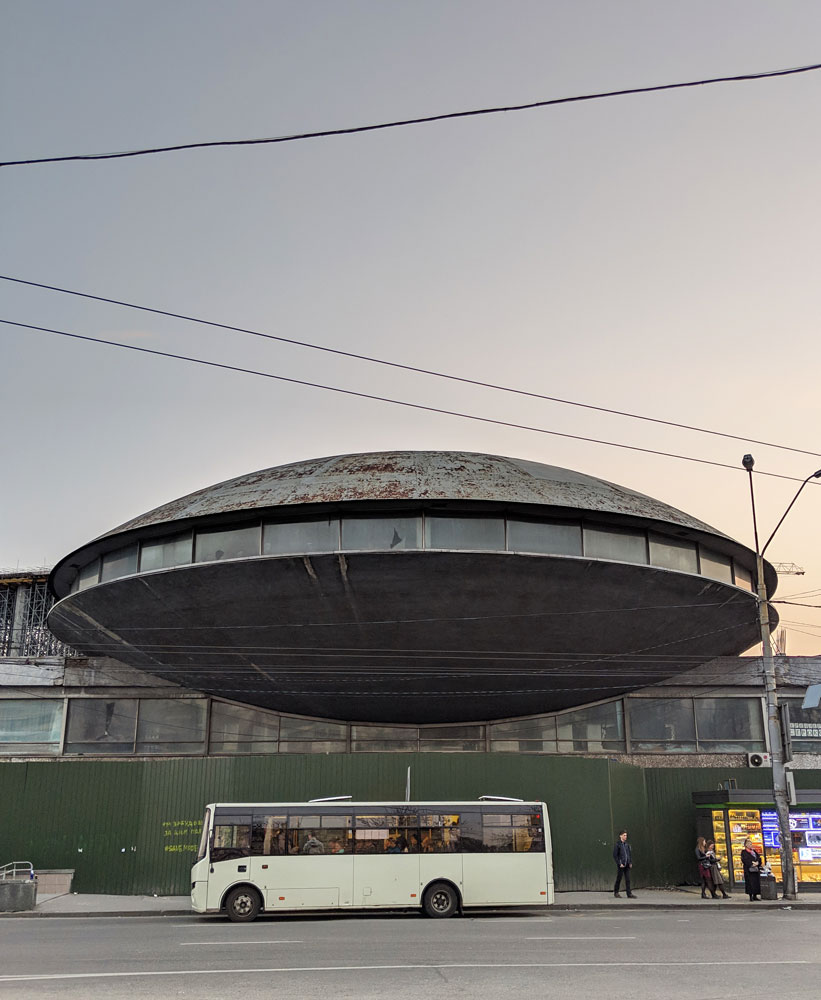
The Institute of information Kiev 1964-1971 Architects F. I. Jurjew, L.W. Nowikow: Image Verena Stöckigt
Verena Stöckigt loves bold architecture, especially Soviet Modernism and Brutalism. She was born in the Ruhrgebiet, the industrial area historically known for coal mining and now in the process of re-inventing itself. If Berlin is the cultural heart then the Ruhr is the cultural guts – each needing the other. The Ruhr’s arty hashtag is ‘Change through culture–culture through change’. The unchanged landscape is a powerful reminder of the region’s past, and while the furnaces are no longer burning, you have to wonder if Verena recognises and is drawn to, something that feels deeply familiar. Today she works as a communication specialist in politics in Berlin and regularly commutes from her hometown, Hamburg.
Her photos of recent trips to Kyiv in the Ukraine, Yerevan in Armenia and Mitrovica in Kosovo caught Greyscape’s eye and we talked about what inspired her to take them.
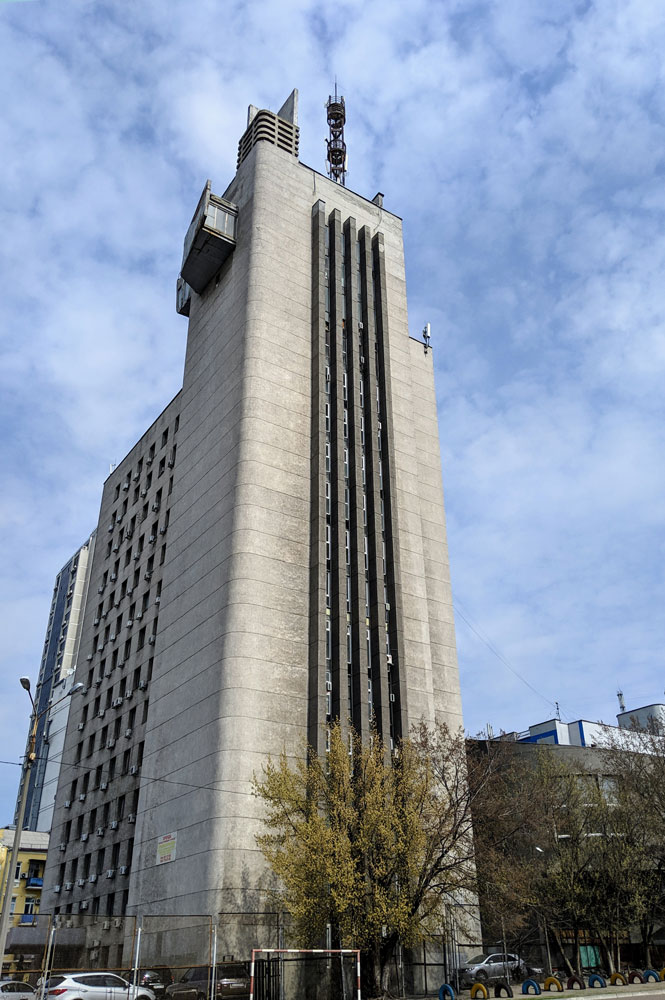
Ministry of Auto Transportation Kyiv: Image Verena Stöckigt
What draws you to Brutalist architecture?
My father worked at the Ruhr University in Bochum, which means concrete buildings informed my earliest memories, could be that’s why I tend to come down in favour of concrete when it comes to choosing between nature and urban settings.
Do you plan what you will photograph in advance or does it happen organically?
Like many people I love to travel around, taking photos of architecture (from Greyscape here….’Beton’ folks think that’s entirely normal, but actually there’s a whole load of people out there that don’t see this as part of their holiday experience – we know they’re missing out). My photographic approach is to document buildings that are endangered without financial support and, or do not have a protected status, or are extraordinary. A perfect example is Lake Sevan’s Writers Resort overlooking the lake, about 60km from Yerevan in Armenia. It was built by the Writers’ Union of the Armenian Soviet Socialist Republic. It’s one of my favourite buildings which was on my must-see list, I finally got there last winter. Its rich history crosses both its design and the people for whom it was designed. It’s a story crossing decades, Gevorg Kochar together with Mikael Mazmanyan built the first building in the 1930s. The two architects were then purged by Stalin. Years later, after Stalin’s death, Kochar and Mazmanyan were invited to return to complete their project, which included the distinctive flat roof, a Recreation Centre for Writers.
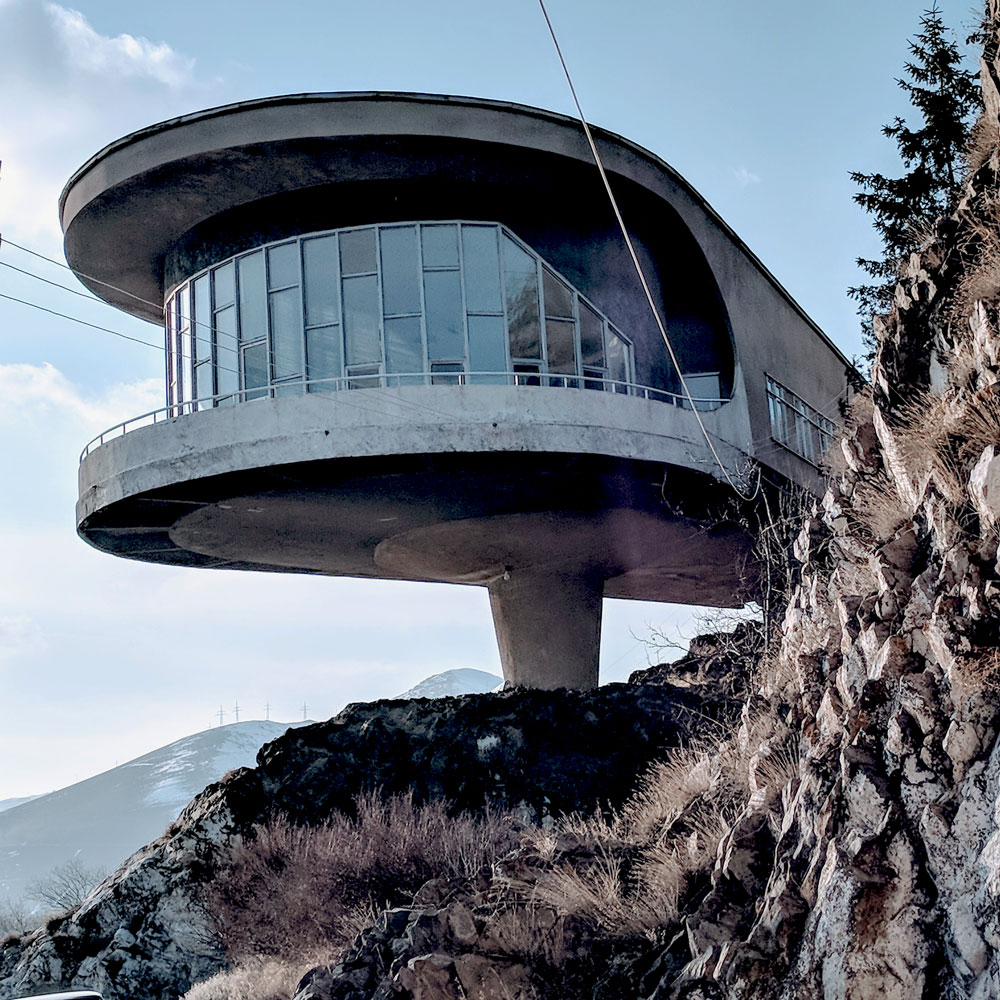
Lake Sevan’s Writers Resort, Armenia: Image Verena Stöckigt
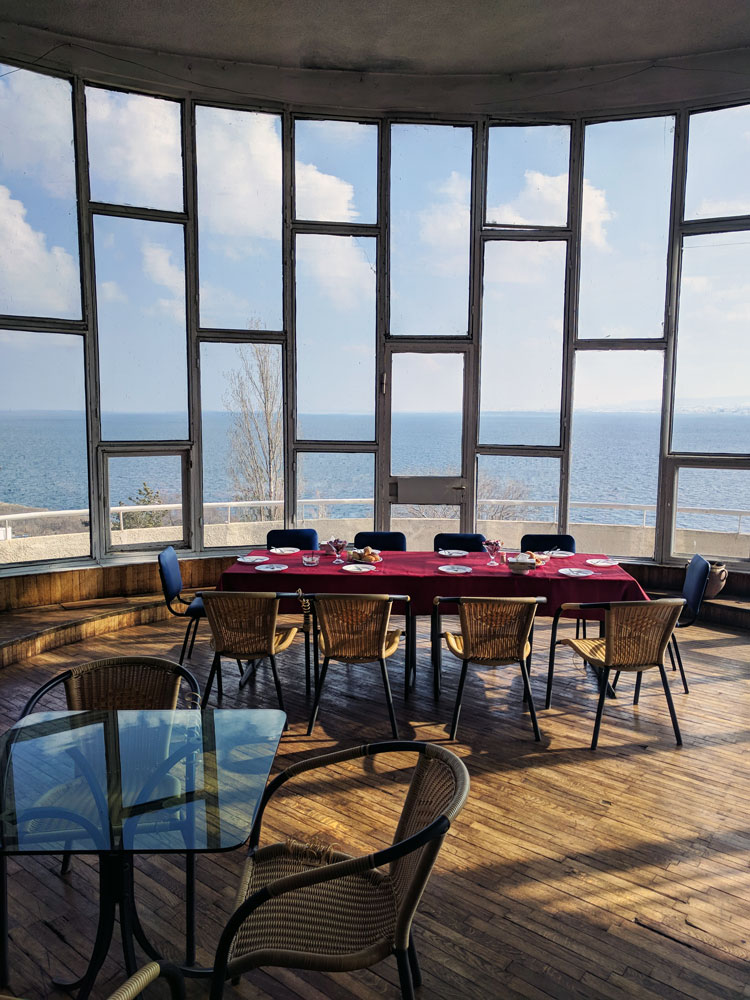
Lake Sevan Writers’ Resort Interior Image Verena Stöckigt
Were you left with any particular impressions of how Soviet-era architecture is treated in Armenia today?
The word monumental is frequently used about Soviet Modernist architecture and when it comes to Armenia, the expression is entirely apt. However, it may be monumental in the physical sense but that doesn’t sadly translate into how the government treats these assets. They simply don’t invest much money in restoration. This is not entirely unsurprising, the economy is under pressure, and the government is grappling with closed borders with Turkey and Azerbaijan. More than 30% of the people live below the poverty line, protecting buildings is way down the list. Take Lake Sevan as an example, but perhaps not a typical one; the facade is brittle, frankly, it was saved because the Getty Foundation stepped in and added it to its “Keeping it Modern” programme. A team of experts got financial help to investigate how it could be restored.
If you had to get down to three favourite Brutalist buildings, what might they be?
The Writers’ House of Recreation in Armenia, the Miners Monument in Kosovo and Corbusierhaus in Berlin. When I have time in Berlin, there’s nothing better than lying down on the little grass hill in front of Corbusierhaus admiring the concrete design and use of colour.
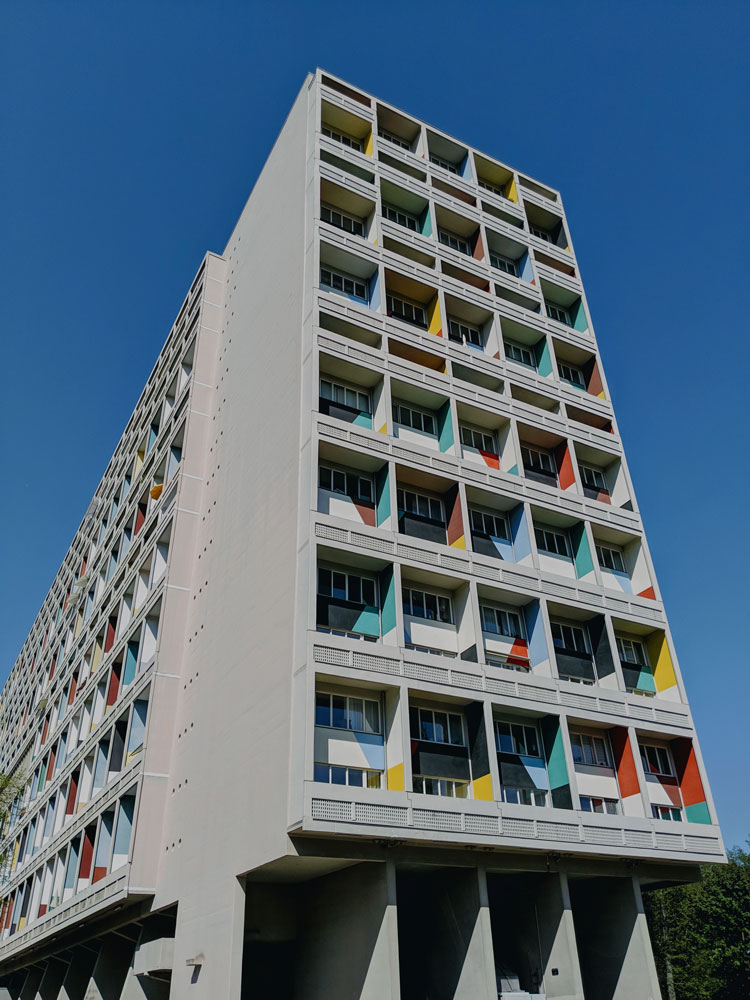
Corbusierhaus Berlin, Unité d’Habitation: Image Verena Stöckigt
What was it like seeing the Miners’ Monument in Mitrovica?
It’s not an understatement to say that it has to be seen, not just for the sheer scale – it’s massive. It was built in 1973 by the architect Bogdan Bogdanović and is dedicated to the miners who died during World War II. I visited recently, it’s pretty off the beaten track and took us hours to get there by car – but the trip was utterly worth it.
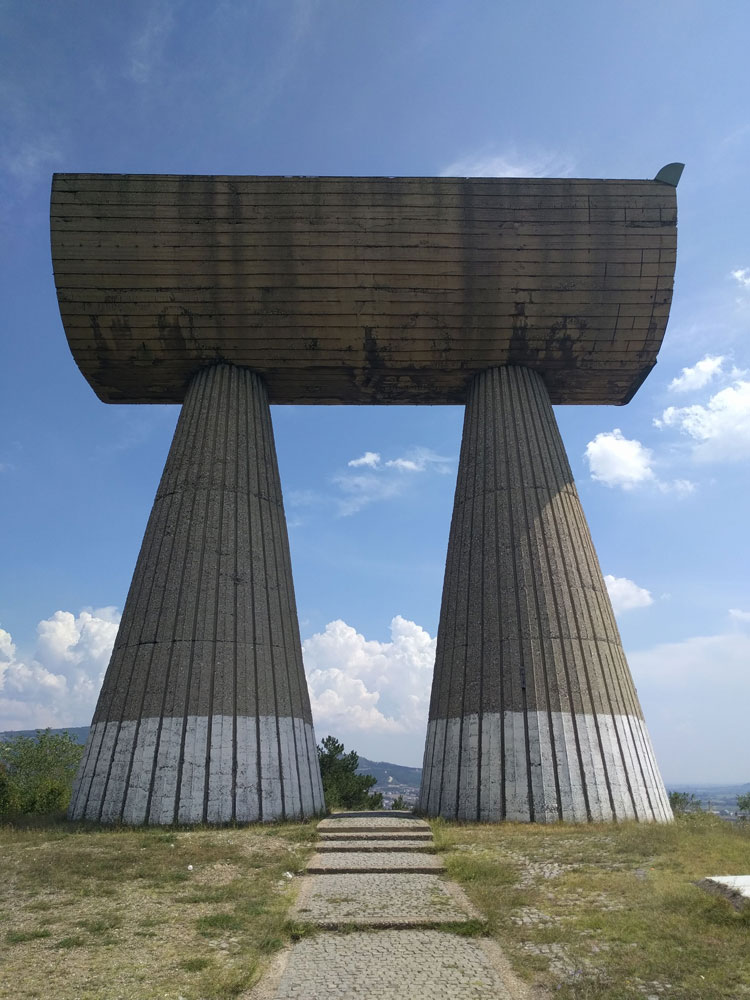
Miners’ Monument Mitrovica: Image Verena Stöckigt
What drew you to Kyiv?
A combination of curiosity informed by the 2014 television coverage of the war in Donbas and the Maidan protests and a friend who recommended Kyiv as a ‘Brutalist Hot Spot’ for fans of Soviet Modernism and Constructivism. The world’s press (outside of geopolitical commentary) seems to have forgotten the conflict, but the people have not. It’s a compact city and completely do-able on a three-day trip.
Was it easy to navigate as a tourist?
The Metro is cheap and makes getting around very easy, with the added bonus that the beautifully designed stations are definitely worth a visit. The Arsenal’na Station is more than 100 meters under the surface and is the world’s deepest. Olimpiiska station (the blue line) commemorates the 1980 Summer Olympics.
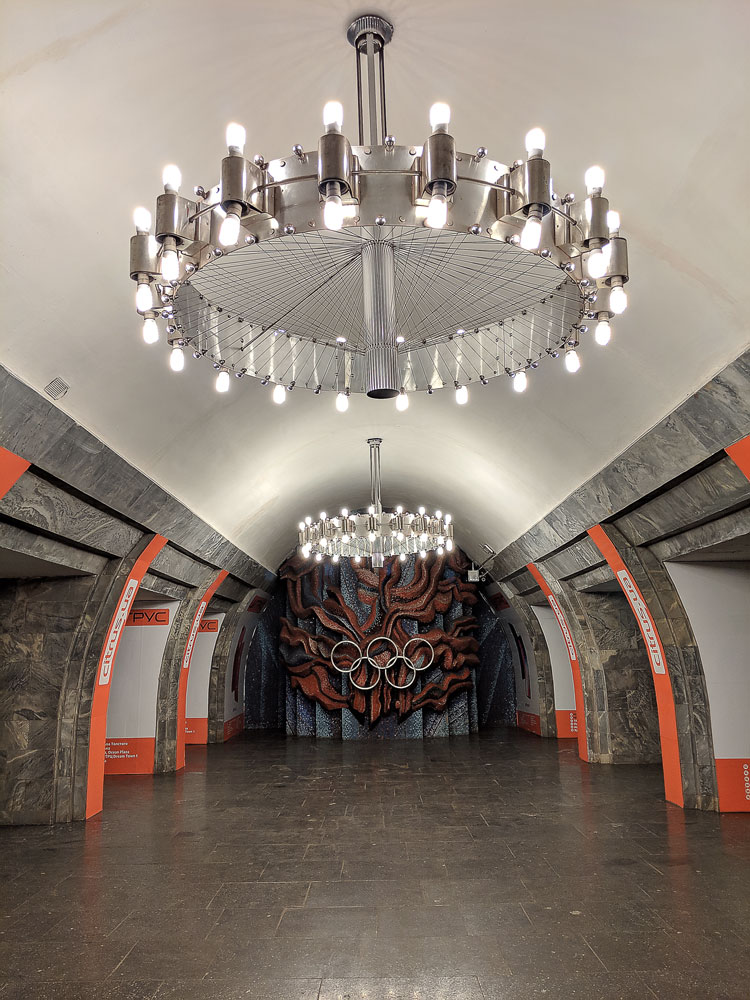
Olimpiiska Metro Kyiv, Obolonsko–Teremkivska Line: Image Verena Stöckigt
As a destination is it welcoming to tourists?
The people I met were extremely friendly and outgoing and it’s a very user-friendly city, welcoming to tourists. Plus, it’s easy to get around on foot. There many nice hotels, compared to the UK it’s pretty cheap. The colourful orthodox churches with their golden domes add a really noticeable contrast to the Soviet Modernist buildings making photo tours by day or in the evening a tempting activity.
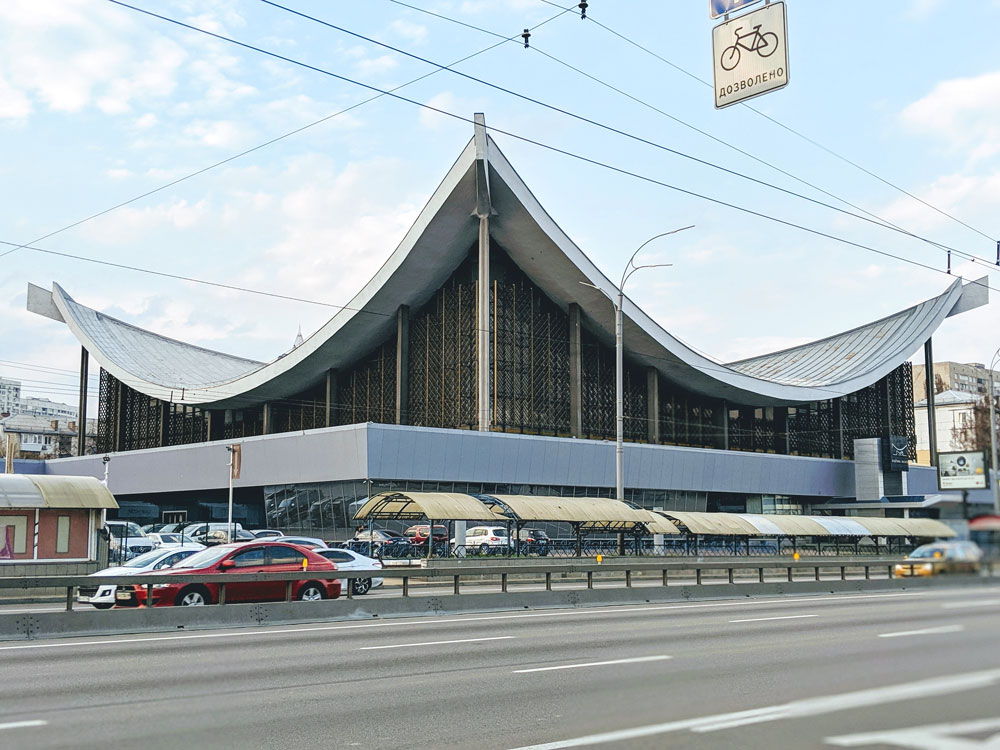
House of Furniture, Architects N. Chmutina, A. Stukalov, Y. Chekanyuk, 1973: Image Verena Stöckigt
What was your impression of the design of the Crematorium in Memory Park? Were the mosaics in evidence at all?
I didn’t get the chance to go inside, making Kyiv a three-day-trip does mean certain compromises in order to see as many Brutalist buildings as possible. We focused on taking exterior shots, it was surprising that regardless of it being a Soviet-era design it still emanated a sense of the sacred.
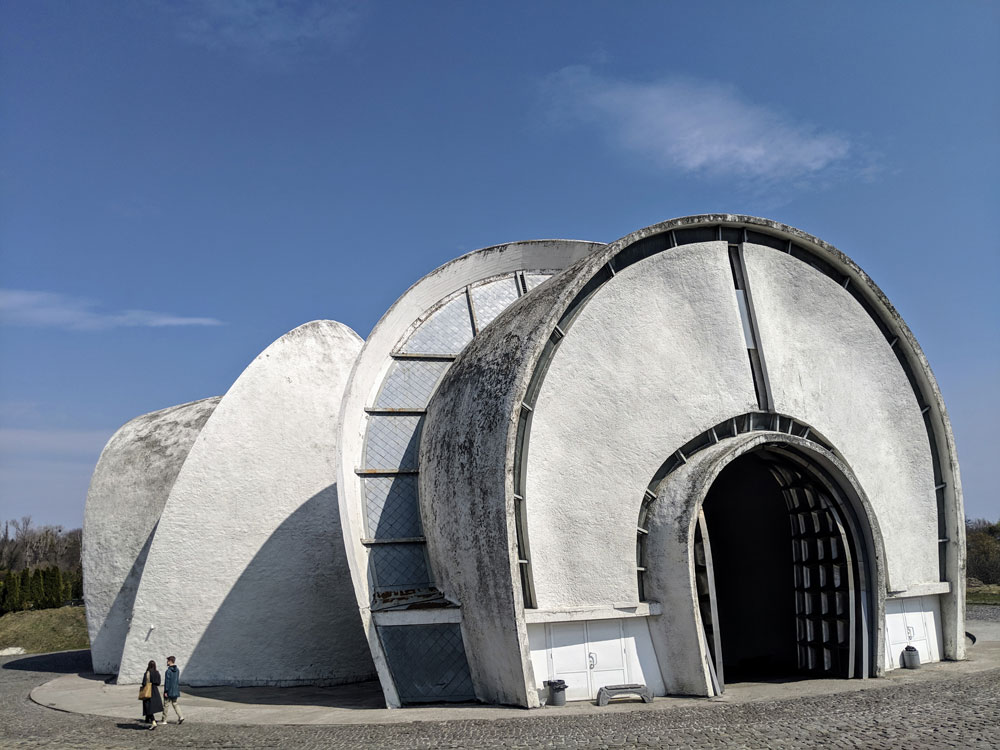
Kyiv Crematorium in Baikov Cemetery, Architects A. Miletsky, V. Melnychenko, A. Rybachuk 1968-1981: Image Verena Stöckigt
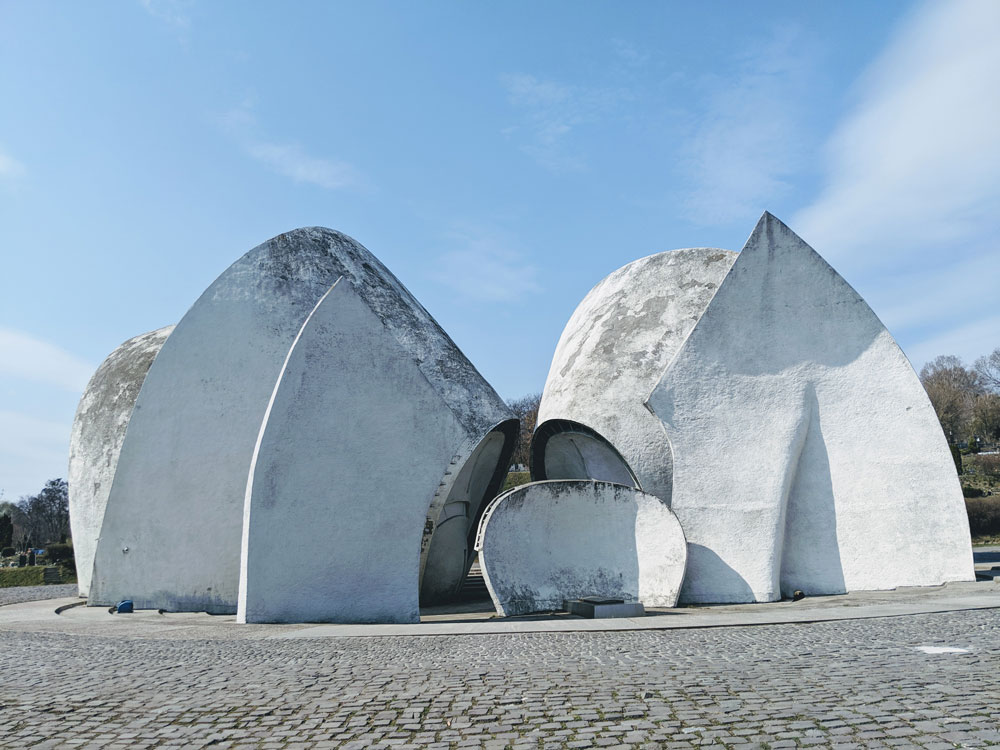
Kyiv Crematorium in Baikov Cemetary, Holosiivskyi District, Kyiv: Image Verena Stöckigt
We’re big fans of Hotel Salyut – what it like in the flesh?
I am too! The Salyut Hotel was the first spot my friend and I headed to. To be honest, we regret not booking a night’s stay in such a futuristic hotel. I’d read that its design was inspired by the Soviet Space Stations. A nice bonus is the view, okay true, it’s not to the moon or the earth – but simply to the Dnepr River.
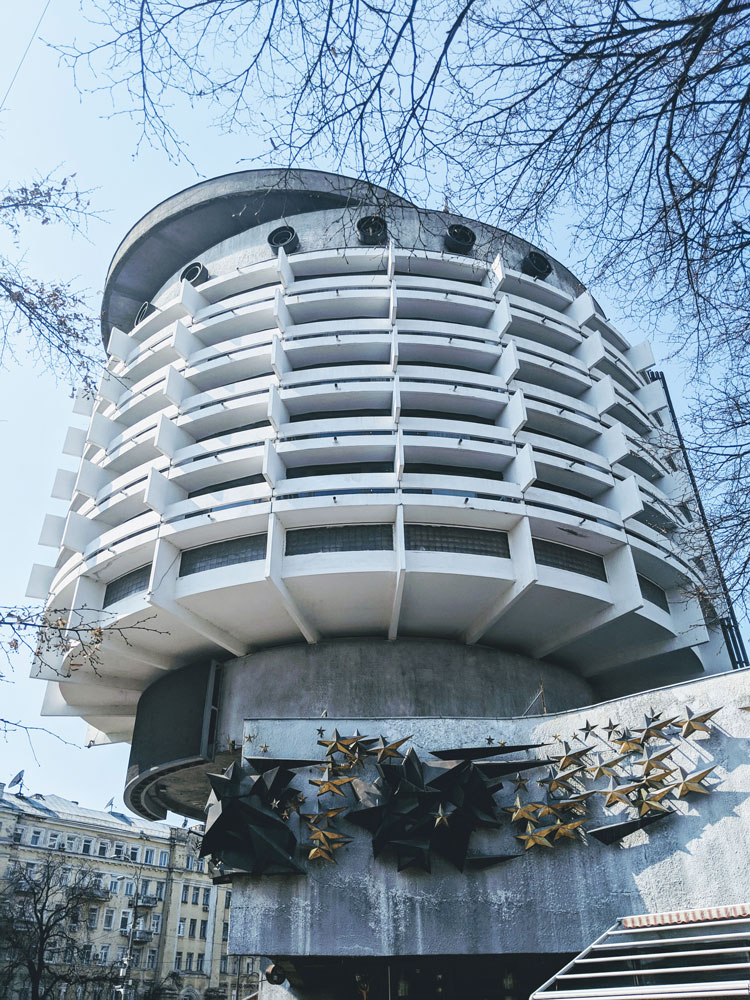
Hotel Salyut Architects Avraam Miletsky, N. Slogotskaya, Vladimir Shevchenko: Image Verena Stöckigt
Best dish you tried?
It has to be the Ukrainian national dish, Varenyky. A boiled dough with diverse fillings such as mushrooms or vegetables.
Did you find a good spot to grab a bite or drink?
Urban Space 500 bar and restaurant is not just a really useful spot to grab a coffee or something to eat, it is also a project that self-describes as giving 80% of its profits to support start-ups and worthy local causes. For Varenyky, I loved the ones I was served at Ostannya Barykada under the Maidan Place.
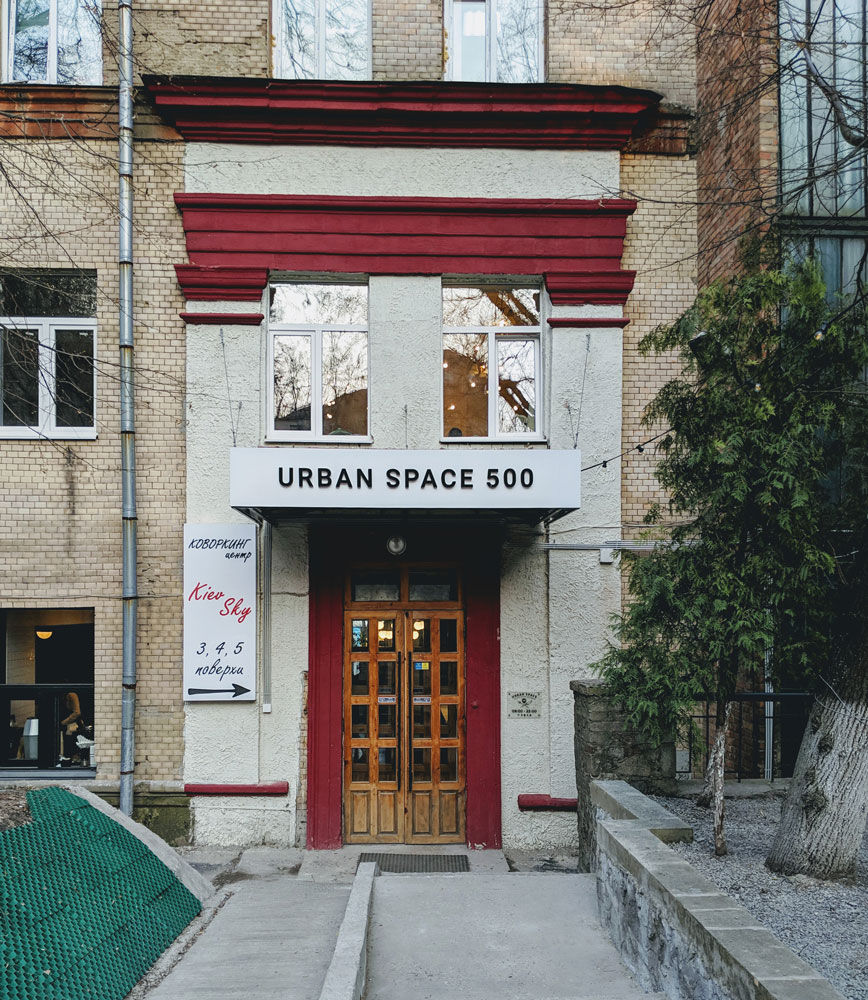
Urban Space 500: Image Verena Stöckigt
You’ve obviously got short trip travel down to a fine art, any packing tips?
My packing tip is keep-it-simple, comfy trainers and a smartphone, which btw is my go-to camera. In Kiev, I used my Google Pixel 3 XL. My add on to any successful trip is, go with a good friend who shares the same enthusiasm for Brutalist and Sov Mod architecture.
When the WiFi dips and you turn to a book….. do you have a favourites?
Malcolm Gladwell “The Tipping Point” and Hans Rosling “Factfulness”
Your fav Series / Film?
Netflix “Black Earth Rising” and “Abstract – The art of design”
All images are the Copyright of Verena Stöckig ©
Find Verena on Instagram at www.instagram.com/vroniphon/




